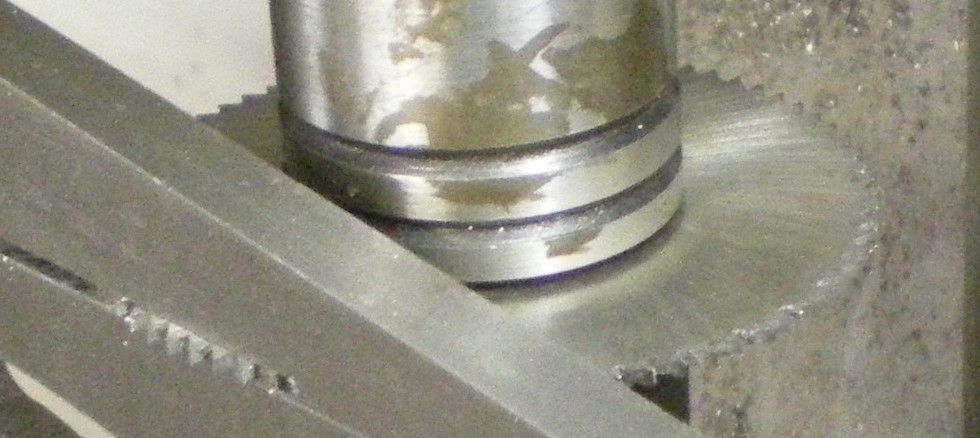I've just had an email about picture 21 on page 70 of the current issue, criticising the use of a picture that shows climb milling.
Now, aside from the fact that close inspection of the picture will show this isn't the case, I'm aware that opinions on climb milling vary hugely. Mention the subject and you can be sure:
- CNC users will wonder what the fuss is about.
- Old-schoolers who did apprenticeships on manual mills will scream with horror!
The problem is, of course, that climb milling is perfectly safe and sensible if the machinery is up to the task and the operator knows what they are doing. For the unwary, inexperienced or those with machines with significant backlash or out of ajdustment, it can be a bear trap.
Now I use modest climb milling on my X2, and I know other users of benchtop machines do as well. The typical beginner doesn't know what climb milling is until they do it unawares and get problems. Sensible advice on the subject would help them work safer and get better results.
I'm sure this will trigger heated debate, no doubt some people will feel its a topic that should not even be mentioned, but ignorance is the biggest danger of all. If anyone is interested in writing a balanced article on the pros and cons of climb milling, please get in touch.
Any article should cover safety precautions, getting the machine properly adjusted, what the relative movements of cutter and work are, when it can be used to advantage and when it should be avoided.
If interested, email me at neil.wyatt@mytimemedia.com
Neil
Emgee.


 Not even sure these even have a horizontal attachment.
Not even sure these even have a horizontal attachment.



